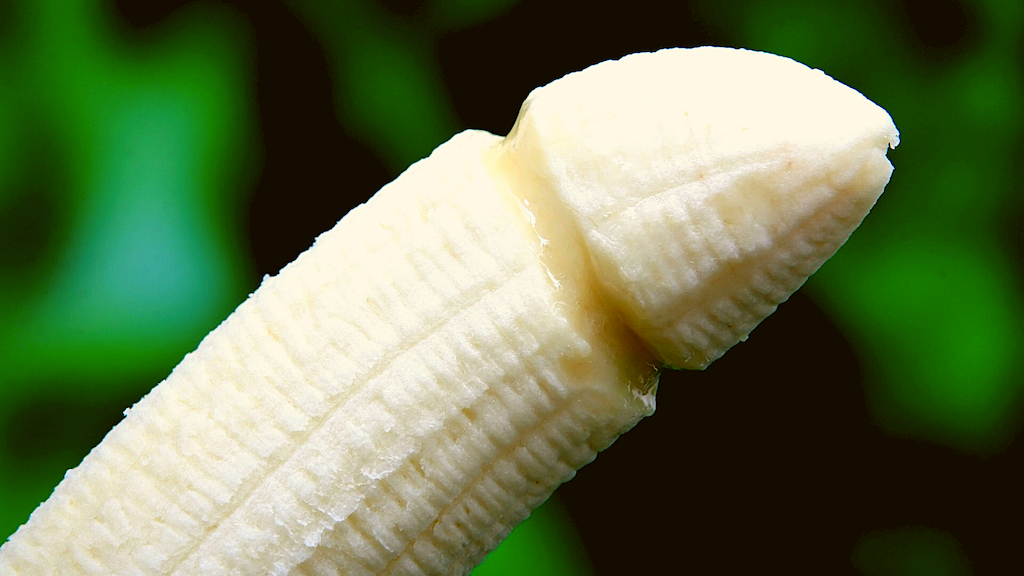The year 2020 was the year of the traditional circumcision among the Bukusu. In spite of earlier public health concerns over COVID-19, this important pillar of Luhya society came to pass albeit with less fanfare than usual amidst controversy. Our coverage on this cultural wonder continues with a deep dive unmasking nalulwe, a plant that derives enguu (traditional medicine) that’s used for the care of a newly circumcised penis.
Subscribe to Mulembe Weekly
Get culture, language, stories and discussions in your inbox every Friday 5 PM East Africa Time
As I write this, basinde (initiates) through out the land occupied by the descendants of Mwambu and Sela are undergoing the various stages of transition from boys to men. Some are still undertaking khuminya whilst others are already bafulu – the ‘convalescing’ initiates.
In modern times this period of basinde and bafulu is highlighted by chemists in Bukusuland running out of certain medical products. Surgical spirit, gauze bandage, Sofra-Tulle, antibiotic dusting powders and the like are in short supply, as caregivers do their bit to ensure their bafulu heal without incident.
Back in the day, the need for these products of modern medicine was taken care of by enguu. Enguu is a traditional ash medicine with which omufulu is required to dress the wound on his penis. This stinging ash powder was traditionally obtained from the leaves of a plant known as nalulwe.
How to make traditional medicine for circumcision site care from nalulwe
Time needed: 3 days
You will need a quantity of mature leaves from the nalulwe plant. Traditionally, potsherds (sikolonjo) were used in making enguu (traditional medicine) for care of the newly circumcised penis. Bikolonjo, broken pieces of pots begotten from use or accidents, are culturally significant among the Bukusu. For example, there were used for various purposes by persons who the Bukusu considered to be liminal beings. These are members of society who cannot easily be placed into a single category of being – dead or alive. They occupy the interspaces of existence. An omufulu, is considered culturally soiled by the rituals of the Bukusu traditional circumcision which make him technically not one of us. He is therefore to be treated with caution.
- Harvesting leaves of the nalulwe plant
Mature green and yellow leafs are harvested from the nalulwe plant. Maturity of leaves was determined by the relative size of the leaf, with larger leaves being mature.
- Drying the leaves
The leaves can be either sun dried or hung over the cooking fireplace. When hung over amaika, they are wrapped in banana fibers. It took 3-5 days for the leaves to dry.
- Making enguu (traditional medicine)
The dry leaves of the nalulwe plant were ground into a fine black powder using potsherds (bikolonjo or sikolonjo).
- Application
The omufulu uses a feather to apply the medicine held in sikolonjo. Sikolonjo is used as the initiate having undergone a symbolic death by being circumcised, is considered ritually impure.
Other meaning of Nalulwe
Nalulwe is a rare name for boy children among the Bukusu. In keeping with Bukusu naming traditions, it is given to boys born during the circumcision period. As it is a rare name, it most often was given to ‘precious babies’ like those born after a string of death of their siblings.
Editor’s Note
Applying Enguu was an activity that was done with exreme care and caution. First Enguu is very painful when applied to a fresh wound. Namakhala ensured that omufulu had been well fed before treatment session.
Those bafulu who were not well fed before applying enguu got out of likombe wasted and unhealthy. It is said after application of enguu, omufulu would agonize for between 2-3 hours holding their heads from the pain. Those men who got treated purely from enguu get out of likombe with proud saying ‘Napa enguu!’, translated as: I beat enguu!

